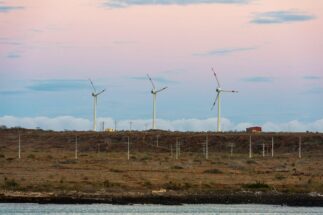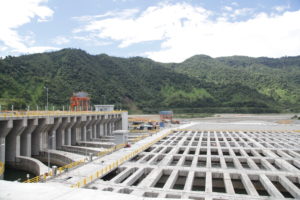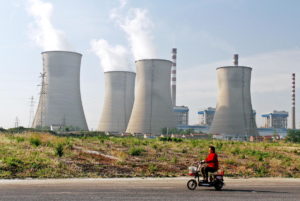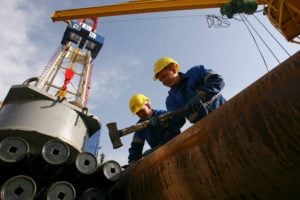Ecuadorian president Guillermo Lasso and his government are seeking investors in the country’s power infrastructure. Last December, the government opened a call for tenders for three electricity projects that would boost generating capacity, improve transmission and help Ecuador work towards the objectives of its 2031 Electricity Master Plan – a document that targets new projects to take advantage of the country’s water resources, as well as solar and wind energy.
The first of these tenders calls for investors in a “block” of clean energy projects (water, wind, solar and biomass) with a total capacity of 500 MW, to be located across the country. The second does not fit with the master plan’s call for renewables, instead seeking to secure energy supply with the construction and operation of a 400 MW natural gas-fired thermoelectric plant. The third, meanwhile, is for the construction of a transmission line in the country’s northeast that will connect isolated industrial power systems to the national grid – and provide clean energy to the national oil industry.
All in all, the required private investment for the projects is expected to amount to some US$13 billion over the next 10 years. At this opening stage, the tenders total just over $1.8 billion. It comes at a time when the government is also seeking investment in hydroelectric projects such as the Cardenillo dam on the Paute River, which requires an investment of $2.2 billion, and for a plant on the Santiago river, which has a budget of around $3 billion, the Ministry of Energy, told Diálogo Chino. Currently, over 90% of the energy produced in Ecuador comes from hydroelectric sources.
Rafael Soria, a professor and researcher on renewable energies at the Universidad San Francisco de Quito (USFQ), believes it is right for Ecuador to seek to diversify its energy generation against a backdrop of climate change, with its medium- and long-term uncertainties.
“There are studies that say Ecuador will be wetter, other studies say it will be drier,” Soria says. “The idea is to diversify the energy mix so as not to depend on a single resource that could be affected in the long term by climate change.”
Ecuador’s energy on track
After six months, the initial call has attracted interest from dozens of potential foreign investors, according to José Medina, undersecretary for electricity generation and transmission at the energy ministry.
“Around 140 [interested parties] have accessed the ministry’s portal, but of those who have registered, 25 have already bought the right of access [to the tender documents],” Medina told Diálogo Chino. Parties will be able to submit their bids until 28 October this year, and the winners will be announced in January 2023.
Those selected will build or execute the works defined in the tenders and will be granted a concession right of 30 years for the hydro works, 25 years for the wind and solar projects, and 20 years for the biomass works, according to Medina.
92%
of Ecuador's electricity generation came from hydropower last year
In 2021, Ecuador generated 27,000 gigawatt hours of electricity. 92% was produced by hydroelectric plants, 7% by thermoelectric plants and the remaining 1% from non-conventional renewable projects such as wind and solar, according to Ministry of Energy records.
Currently, Ecuador has 16 hydroelectric facilities, including large, medium and small plants. There are also three utility-scale solar energy plants and three smaller wind energy sites. On 30 April, President Lasso oversaw the signing of an investment contract to promote the planned Villonaco III wind power project, in Huairapamba in the southern province of Loja. Villonaco I, financed by China Development Bank and constructed by Xinjiang Goldwind Science and Technology Company Ltd. became the first wind farm in Ecuador when it opened in 2013. But it is located in the protected Hoya de Loja Occidental forest and reported breaches of local environmental laws drew criticism from regional NGOs. Direct foreign investment is being sought for the entire cost of the US$181-million third phase of the project. At 110 MW, it will be the largest wind power plant in the country.
The second tender, for the 400 MW natural gas-fired plant, currently has 65 interested parties, while for the third, for the work related to the northeastern transmission system linking oil operations to the national grid, a further 44 have submitted their interest, according to the Ministry of Energy.
Does it know how much electricity it can produce from these resources? The answer is no
For Medina, the tenders will provide much needed support in the country’s energy development. “The state no longer has to worry about investing in all the infrastructure in the electricity sector, but will promote private initiatives to invest in the generation we need over the next 10 years,” he says.
Studies of potential
According to José Medina, the Ministry of Energy is promoting these tenders based on studies and information that identify where there is greater solar radiation and wind that can be used but that date back many years. The ministry could not confirm the publication date of the studies.
They estimate that Ecuador has an exploitable potential of 660 MW of solar energy potential, which was identified, according to Medina, with a “multi-criteria analysis and available secondary information, considering places with high levels of solar radiation, feasibility of connection and areas that do not present environmental or social limitations.”
Short-term wind potential is around 884 MW, particularly in the provinces of Guayas, Chimborazo, Loja, Cotopaxi, Pichincha, Imbabura and Carchi, as well as 7 MW potential in the Galapagos Islands. The nine wind projects identified by the government each have an electricity generation capacity of between 25 and 100 megawatts.
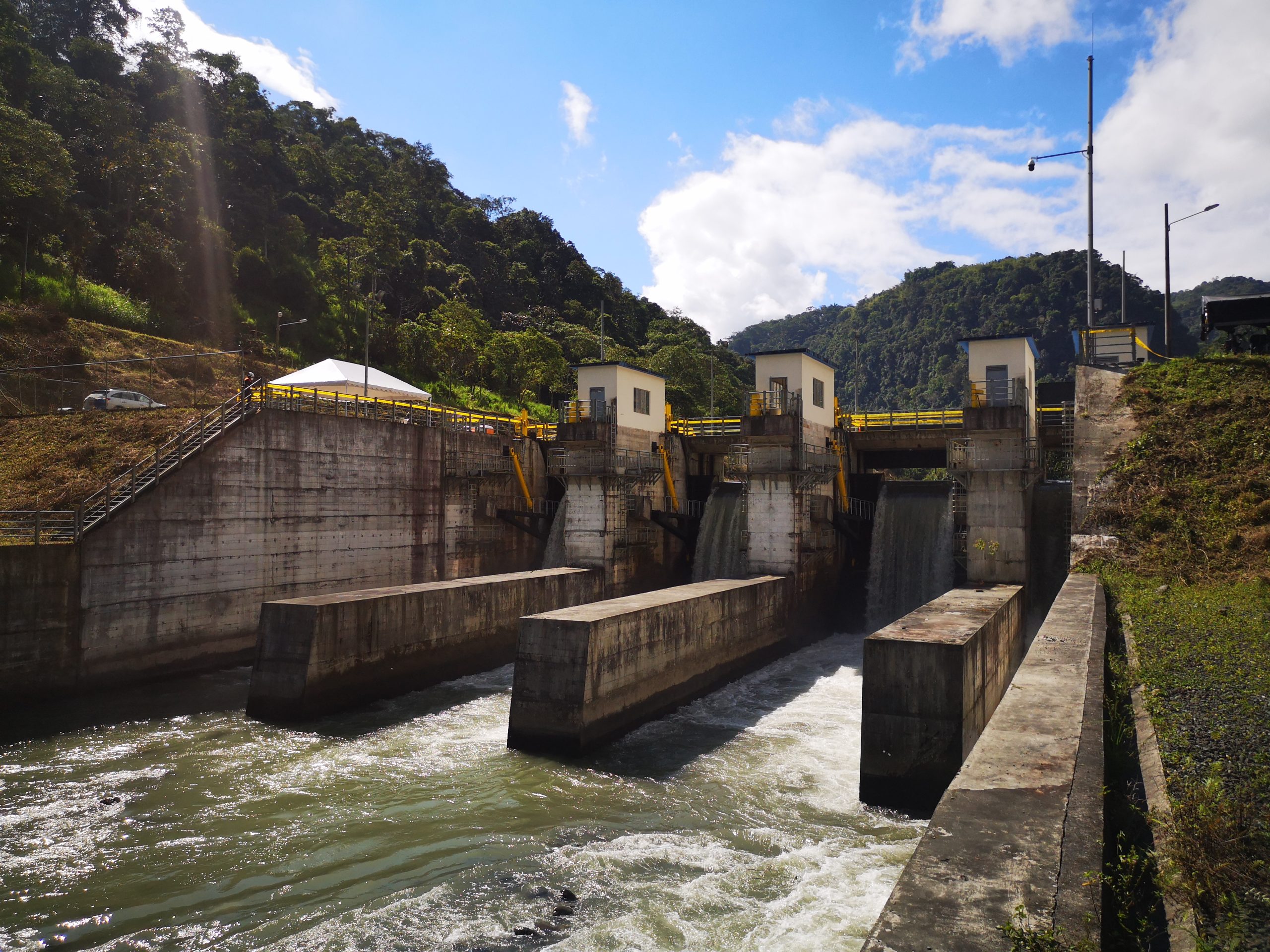
“The maps of wind, hydroelectric and solar resources were preliminarily drawn up by the national energy institute from 1981 to 1985. Subsequently, several actions have been taken to validate what existed, including the preparation of updated maps,” explains Juan Peralta, a renewable energy specialist and professor in mechanical engineering at the Escuela Superior Politécnica del Litoral. But he raises some doubts about the depth of understanding. “Does Ecuador know its resources qualitatively, [and] spatially located? Yes. Does it know how much electricity it can produce from these resources? The answer is no.”
Peralta believes that there are more possibilities for harnessing solar energy in the country, both because of its ease of implementation in diverse locations and because of its more accessible costs than wind technology. “If I compared what was happening in 2010 with what was happening in 2021, there has been a significant drop in costs,” he says.
This is also reflected a 2019 report, by the Inter-American Development Bank, which projected “a reduction in [solar panel] module prices to US$0.15–0.18” for 2023. In 2017, modules from top vendors cost an average of $0.45.
Another factor the government must take into account, Peralta explains, is the high cost of building hydroelectric plants in areas that are difficult to access, whose distances from population centres or distribution points of the national grid also increase the possibility of energy losses in transmission. Given Ecuador’s existing hydropower infrastructure, the most feasible locations, mostly in the country’s east, have also already been exploited.
“It is not only about diversifying the resources, but also the places where they are intended to be used for generation,” Peralta adds. “The largest remaining hydropower potential, which still needs to be developed, is in the Amazon Basin. And the largest projects in the Amazon Basin are further and further away, especially in the southern Amazon. So we have to think about other projects, based on other renewable energies.”
Another option the specialist points to is biomass, generating by burning organic matter such as sugar cane waste. However, experts agree that the supply chain, logistics and operation of such a system must be precisely structured in order for the project to be viable and profitable. For example, the location of plantations for biomass inputs must be close to the boilers where the material will be used, while the turbines that generate the electricity must be strategically located with the transmission points, among other considerations.
The government says it has considered this and other factors, in order to make the most of the potential of non-conventional forms of electricity generation. “Everything is planned and optimised so that losses are minimal,” Medina says.
